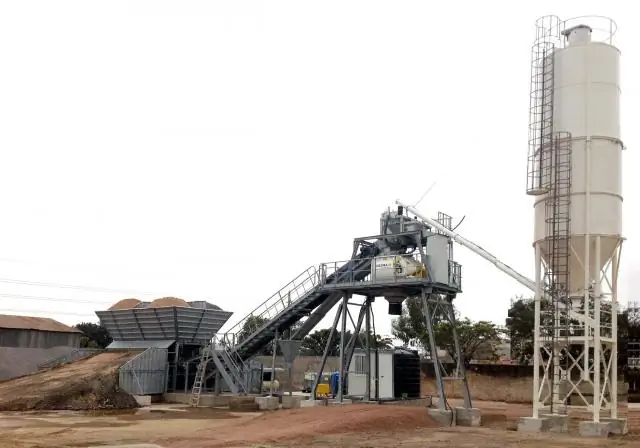- Author Rachel Wainwright [email protected].
- Public 2023-12-15 07:39.
- Last modified 2025-11-02 20:14.
Ventilation
Ventilation (lat. Ventilatio - ventilation) in hygiene:
- Exchange of confined space air for purified or outdoor air;
- Adjustable air exchange in the room to maintain the necessary technological and / or hygienic air parameters.
Ventilation types:
- Exhaust - mechanical ventilation, carried out by drawing out polluted exhaust air from the room, with the formation of a vacuum, due to which clean air flows from outside through windows, doors, leaks in fences or ventilation openings;
- Exhaust local - exhaust ventilation, in which air is sucked out from those parts of the room where it is mainly polluted, that is, located near sources that emit harmful substances;
- Natural - caused by the movement of air in rooms through windows, doors, leaks in enclosing structures, and the like, as a result of the difference in air temperatures outside and inside the premises, and wind pressure;
- Combined - is a combination of local and general ventilation in one room;
- Localizing - mechanical ventilation, designed to prevent the spread of harmful substances in the room from the place of their formation;
- Mechanical (synonym: artificial ventilation) - produced with the help of mechanical inducers of air movement (compressors, fans, ejectors, pumps);
- General exchange - in which air is replaced throughout the entire volume of the room (as opposed to local or localized ventilation);
- Supply ventilation - mechanical ventilation, produced by supplying clean air to the room with the formation of excessive pressure, due to which the exhaust (polluted) air is removed through windows, doors, leaks in fences, and the like;
- Supply local - supply ventilation, in which clean air is delivered to a specific workplace or to a specific part of the room;
- Supply and exhaust - mechanical ventilation, in which exhaust (contaminated) and clean air are supplied simultaneously, and, as a rule, are balanced in volume.
Found a mistake in the text? Select it and press Ctrl + Enter.






